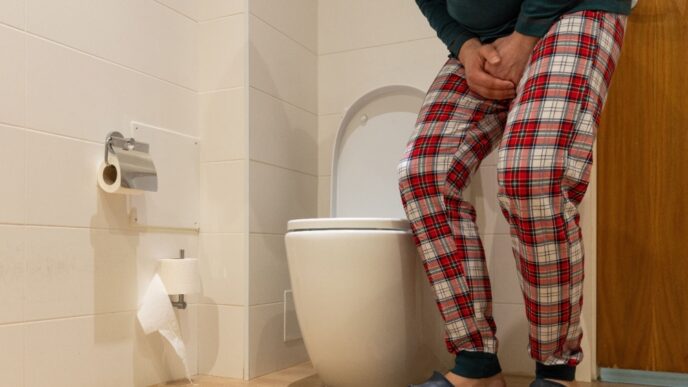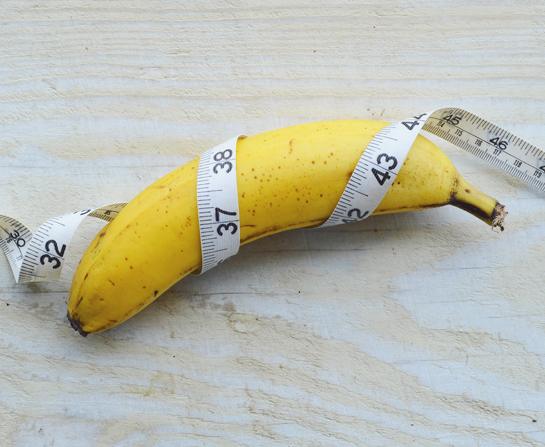Not all chest bulges are made in the gym. Consultant breast surgeon Dr Ng Char Hong sheds light on gynaecomastia, a common yet often misunderstood condition that causes breast tissue growth in men. From hormonal imbalances to the effects of performance enhancers, get all the information you will need to understand the condition and what to do about it.
WORDS LIM TECK CHOON
 FEATURED EXPERT FEATURED EXPERTDR NG CHAR HONG Consultant Breast and Reconstructive Surgeon Hospital Picaso |
IT’S A HORMONAL ISSUE
Gynaecomastia is often called “man boobs”, but in truth, a man may have larger than normal breasts, usually due to being overweight, but he may not necessarily have gynaecomastia.
According to consultant breast surgeon Dr Ng Char Hong, gynaecomastia is a result of hormonal imbalance.
- “Gynaecomastia occurs when the breast tissue of a man experiences benign or non-cancerous growth. This causes the man to develop a palpable and often painful mass mainly below the nipple,” he says.
- This growth of breast tissue is due to the increased ratio of the female sex hormone oestrogen to androgens, the male sex hormones.
| Despite being called male and sex hormones, the hormones mentioned here are present naturally in both men and women. |
Oestrogen Imbalance
Dr Ng explains that oestrogen imbalance usually can occur at neonatal stage (1 year old), puberty, and older age.
Neonatal stage
- The breast enlargement seen at neonatal stage is transient — it will eventually go away.
- It is often due to the influence of oestogren passed on from the mother to the baby.
Puberty
- During puberty, oestrogen concentrations in the body typically peak earlier then the testosterone concentration, which could lead to gynaecomastia.
- This issue can spontaneously go away on its own within 2 years.
Older age
- At an older age (usually after 50 years old), a man’s free testosterone levels will decline to an extent that the relative oestrogen levels present become more prevalent.
- Men at this age have a higher tendency to become overweight or obese too, which can contribute to the occurrence of gynaecomastia.
YOU CAN DEVELOP GYNAECOMASTIA EVEN IF YOU ARE NOT OVERWEIGHT OR OBESE
Overweight and obesity can be a cause of gynaecomastia, because fat tissues contain a type of enzyme called aromatase, which converts testosterone to oestradiol, a form of oestrogen.
Dr Ng shares that gynaecomastia may also be associated with more serious health conditions such as:
- Thyroid disease
- Liver failure
- Prostate cancer
- Prostate gland hypertrophy
- Testicular cancer
It can also result due to the use of drugs such as anabolic steroids, or as a side effect of the use of certain high blood pressure medications.
|
Sometimes, there seems to be no apparent cause for a man’s gynaecomastia — we call such cases idiopathic gynaecomastia.
SURGERY IS NOT THE ONLY WAY TO ADDRESS GYNAECOMASTIA
Treat the Underlying Condition
Dr Ng tells us that one should consider consulting a doctor when they suspect that they have gynaecomastia in order to rule out the presence of health conditions that could trigger that condition.
- If it is found that a man’s gynaecomastia is linked to an underlying health condition, Dr Ng points out that the sensible approach is to treat that underlying health condition.
- If his gynaecomastia is a result of the use of certain medications, adjusting the dosage or changing medications may help resolve the issue.
Medications
Dr Ng also shares that medications used to treat breast cancer, such as tamoxifen, may be helpful in some cases.
Weight Loss
Losing excess weight may help as well on top of the options prescribed by the doctor.
THERE ARE SEVERAL TYPES OF SURGERY THAT MAY HELP ADDRESS THE ISSUE
Surgery can be considered when the man’s breast enlargement is:
- Accompanied by persistent pain
- Causing embarrassment and distress to the point of affecting his quality of life.
Dr Ng presents a quick overview of the surgical options that are available to those with gynaecomastia. Which option is the right one will decided on a case by case basis, during a consultation with a breast surgeon.
Local Excision
- A simple procedure that involves the surgeon making a circumareolar incision (an incision made around the border of the nipple) to remove the tissues causing the issue.
- This procedure can cause the nipple to retract after the surgery.
Liposuction
- Usually a better option for men with more fat than breast tissue.
Subcutaneous Mastectomy
- The surgeon removing most of the breast tissue but letting the nipple and areola stay intact.
- It’s still the most popular surgical option of the ones listed here, especially those with more severe gynaecomastia.
- Note that this surgery may cause side effects such as:
- Total or partial loss of sensation in the nipple area (hypoesthesia)
- Damage and death of nipple tissue (nipple necrosis)
- Scarring
- Folding of redundant skin around the incision (‘dog ear’).
Endoscopic Surgery
- This surgery involves the use of an endoscope, which helps to reduce scarring.
- However, this also means that the patient will have to undergo a longer surgery.
YES, GYNAECOMASTIA MAY OCCUR AGAIN AFTER A SURGERY
Dr Ng explains this can happen when there are residual tissues — tissues that are not or incompletely removed during the surgery — still in the affected breast after the surgery.
| This article is part of our series on tips and advice on men’s health, sex life, and fertility. |











